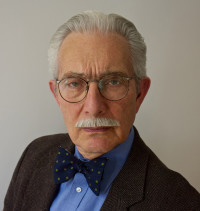
Paganini’s Birthday
October 27, 2010
Today, October 27th, is Niccolo Paganini’s birthday. Below is a reprint of an article I wrote on this occasion which appeared in the October issue of The Strad magazine. Next, as an attachment, is Caprice #24.25, my arrangement of Paganini’s 24th Caprice. Finally, I include a letter that to my great astonishment Paganini just wrote to me. (I’ve never even met the guy). I encourage all violinists who come across this website to look at Caprice #24.25 and read Paganini’s letter.
A Celebration
By Arnold Steinhardt
The Strad Magazine
October 2010
Niccolò Paganini will be 228 years old on October 27th of this year. Given that his music continues to be loved and performed throughout the world, his birthday is cause for celebration. Naturally, we judge Paganini by the way today’s virtuoso violinists play his music. But what about Paganini himself? Reaching back in time through the many accounts of his life, we get an inkling of how Paganini actually played and sense the enormous effect that he had on people who heard him. Paganini was tall, emaciated, and deathly pale with a striking hooked nose, feverish eyes, and long hair flowing to his shoulders. Onstage, he gave the impression of a skeleton whose loose limbs were about to clatter to the floor. It was said that when Paganini made his acknowledgments, he bowed like a camel and grinned like a mountain goat. Some in the audience tittered at this oddly comical figure, but their amusement was short-lived. Thrusting his left shoulder and right foot forward so that his body formed a triangle, he produced sounds from the violin that had never been heard before. At first bold and fiery, then giving way to scales and runs at dazzling speeds, his playing mesmerized listeners. Then came improbable sounds resembling bird whistles that Paganini created by employing, for the first time, artificial harmonics, even double harmonics at will. Just imagine! The young Robert Schumann immediately decided on a career in music after hearing him play, and the 19-year-old Chopin rethought the piano’s potential when confronted with his violin wizardry. The list of musicians inspired by him goes on and on.
I wish I could have heard Paganini—if not in person than at least on record. Edison invented the tinfoil cylinder phonograph, the talking machine as it was called, only 37 years after his death. How tantalizingly close! We have to content ourselves with what people who saw and heard him had to say—comments that were often woefully contradictory. For example, Goethe succinctly said: “I only heard something meteoric”. Yet, the great violinist Ludwig Spohr wrote: “In his composition and style there is a strange mixture of consummate genius, childishness, and lack of taste that alternately charms and repels.
When I first heard Paganini’s music as a teenager, I knew nothing of his personal story. I had not heard the wild rumors that he made a pact with the devil, of his gambling, or the accusations of his stinginess. I had not read the taunting poem written by the English in response to the high prices he demanded:
“Who are these to pay five guineas,
To hear this tune of Paganini’s?”
Echo answers—”Pack of ninnees”.
I also did not know that Paganini was a devoted string quartet player, that he loved Mozart, Haydn, and above all, Beethoven, that he was a fabulous sight reader (a stunt he often used to end concerts), that he played the guitar, that he saved the composer Hector Berlioz from financial ruin with a generous gift of money, and that he was a loving father to his son, Achille.
What I did know and still vividly remember is that hearing Paganini’s music for the first time swept me away. My parents had recently brought home a recording of Paganini’s renowned Concerto in D Major played by the young Yehudi Menuhin. Menuhin’s playing was masterful and the concerto’s technical difficulties heart stopping, but clearly all was secondary to the throbbing vitality and striking originality of the music itself. The violin’s declamatory opening, the soaring second theme conveying both hope and melancholy, the slow movement’s heated melodrama, and the last movement’s sheer joy set my young heart racing.
Since then, I have had a lifetime of pleasure with Paganini’s music, but never more so than with his twenty-four caprices. The caprices are, as expected, technically daunting, but those who dismiss them as superficial showmanship should consider how seriously Paganini took his own composition. “Composition is not as easy a task for me as you would think. My great rule in art is complete unity in diversity, and that is very hard to achieve… It requires reflection before one begins to write”. Unlike many collections of études by virtuoso violinists intent on the equivalent of body-building at the gym, each of Paganini’s caprices is a minor masterpiece of form and fantasy. And none are more striking than the theme and variations of his last and most famous caprice. The theme itself, almost like a bugle call summoning troops to action, is primal in its simplicity. And on its heels, come beautifully shaped variations that tell a dazzling story even as they focus on different aspects of violin technique. All in all, the caprice is quite perfect, which leads to the question of why so many composers have felt the urge to use it as a staging ground for further creation. Apparently, that bugle call of a theme was impossible for the likes of Brahms, Rachmaninov, and a host of others to resist.
In practicing the 24th caprice, I often wondered why Paganini, after indicating a repeat for the first part of both the theme and each variation, chose not to repeat the second half of each as well. Over the years, I’ve enjoyed trying to fashion a second repeat that was logical, interesting, and in the spirit of Paganini, challenging. The result is Caprice #24.25—Paganini’s music almost intact but with an added second repeat containing something new. On the occasion of Paganini’s birthday, I’d like to offer my modest effort to any interested violinists—not as a futile attempt to improve Paganini’s masterpiece but rather in the spirit of celebration of his extraordinary life. Which brings me again to the moment at hand.
Happy birthday, Niccolò Paganini.
Caprice #24.25 (PDF: 229 KB / 7 pages)
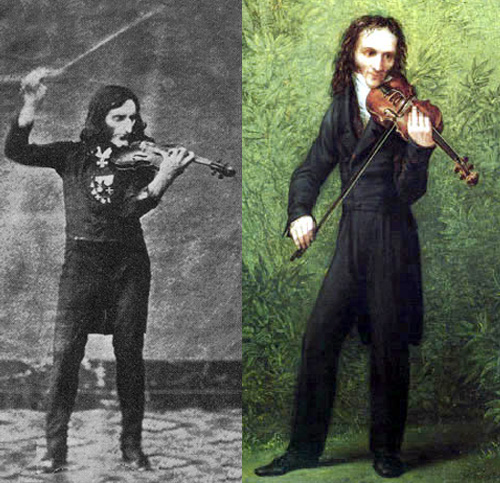
Letter from Paganini
Niccolò Paganini
The Cemetery
Parma, Italy
October 27, 2010
Dear Arnold Steinhardt,
Word has gotten to me through the underground (I say this both figuratively and literally) that you have written an article about me on the occasion of my birthday for The Strad magazine. I thank you for this. I also understand that you have embellished in some form or another my 24th caprice for solo violin. And if this wasn’t chutzpah (not an Italian word) enough, I hear that you have had the audacity to publish it along side your article. Risking to appear overly boastful, I thought the caprice sounded quite well just as is. Yet over and over again, I hear stories of people tinkering with it. Do the names Brahms and Rachmaninov mean anything to you? They, of course, composed music past my time on earth but these two are apparently some of the worst culprits—altering harmonies, inventing entirely new variations, and even performing their monstrosities on (shudder) the piano. It’s enough to make me want to turn over in my grave.
Steinhardt, can you at least do me a favor? I hear talk of something called the internet. I don’t understand a thing about it except that the darned thing seems to be able to go everywhere. I’ve got all the time in the world (six feet under, that is) to think, and I have an idea. I’d like to hear what you’ve done with my caprice. Perhaps I’ve been a bit too harsh. Maybe you’ve come up with a nice idea or two that I haven’t thought of. So here’s my proposal with a lot of ifs in it. If anyone has enough interest to learn your version of my 24th caprice, if that person sends a DVD (whatever that is) of his or her performance to you, if you like it enough to put it on your—what do you call it?—your website, and if you’d find a way to send it to me via this magical internet thing, I’d be eternally grateful. It would be good publicity for some young hot shot to be heard both on your so-called website and in the underworld, don’t you think?
Once in a while, people bring flowers to my grave and with it I get an occasional tantalizing whiff of parmesan cheese from their sandwiches, but otherwise it’s very lonely down here. Let me hear from you.
Mille grazie,
Niccolò Paganini
Subscribe
Sign up to receive new stories straight to your inbox!

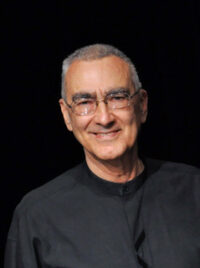
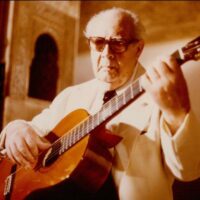
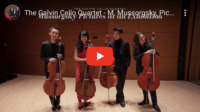
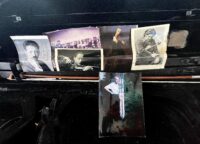
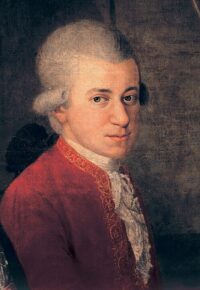
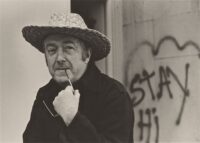
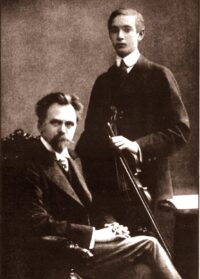
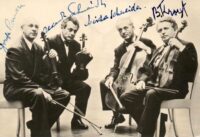

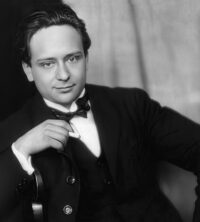
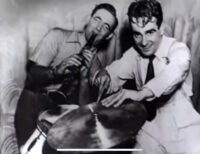
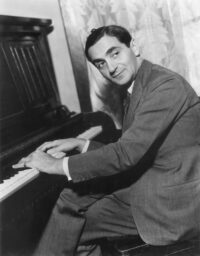
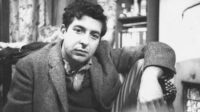

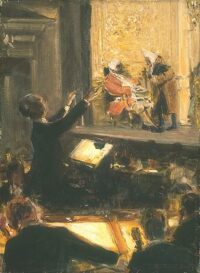
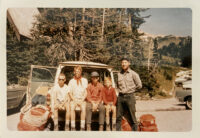

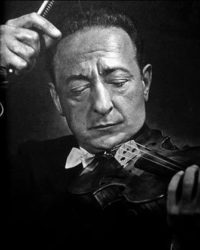
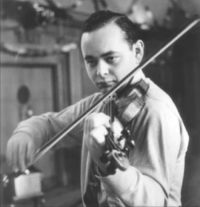
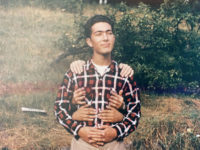
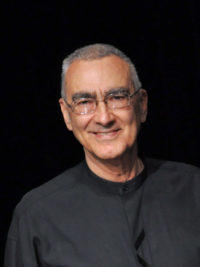


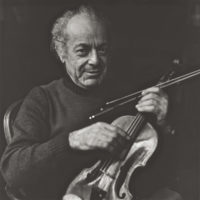

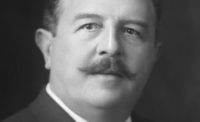
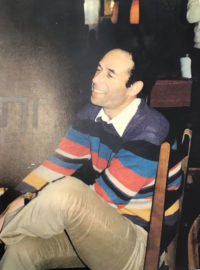
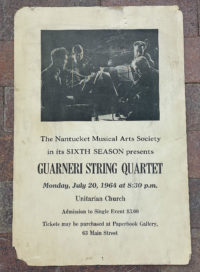
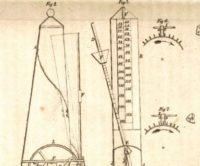
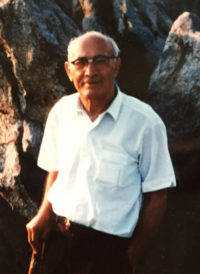

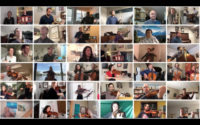
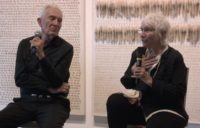
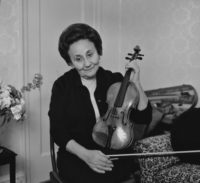
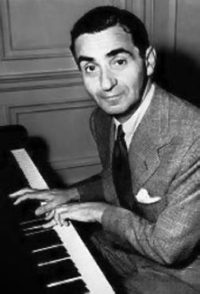
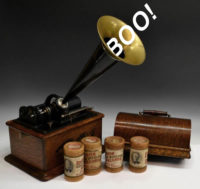
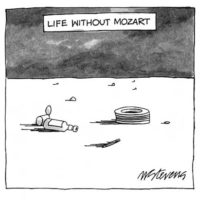
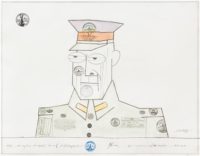
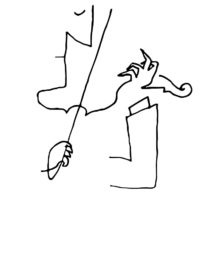
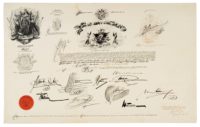
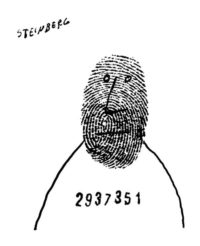

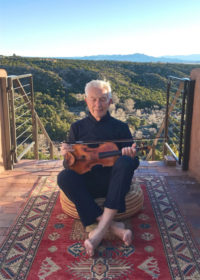
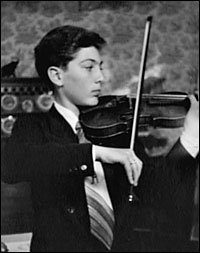
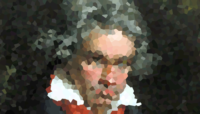

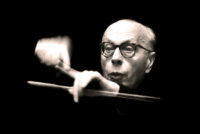
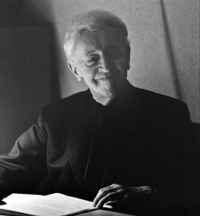
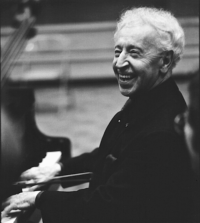
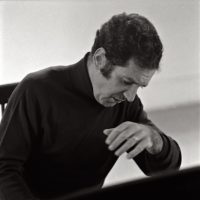

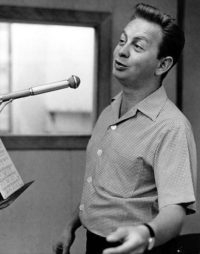
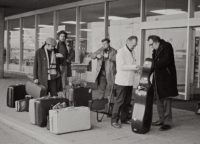

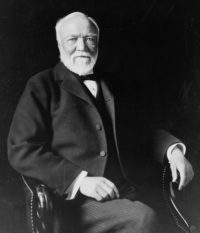
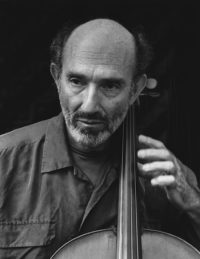
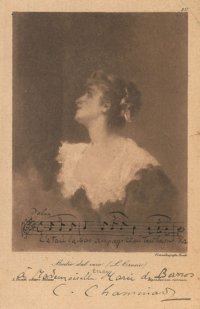
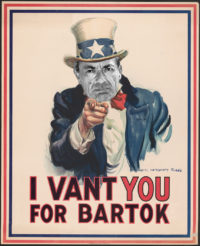
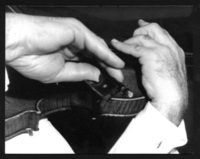


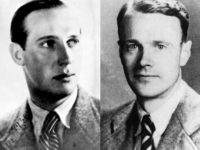
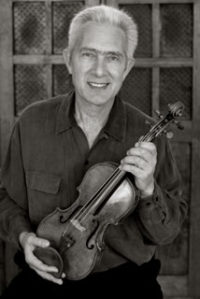
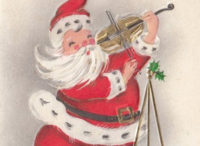
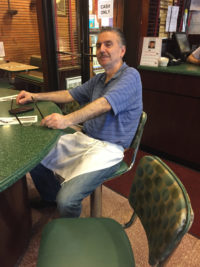
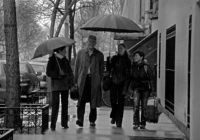
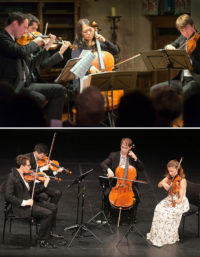
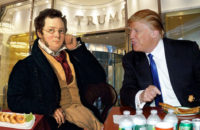
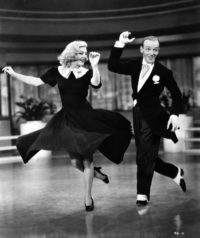
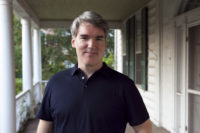

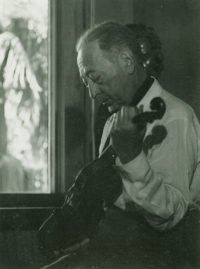
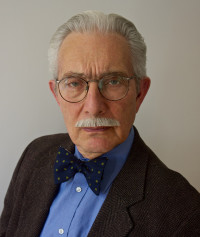

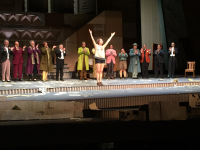
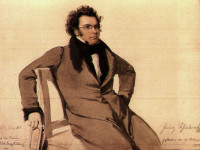
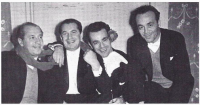
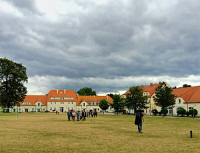
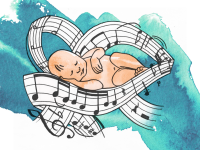
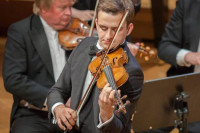
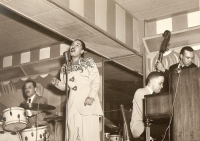
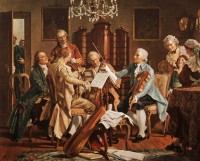
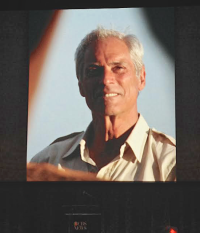
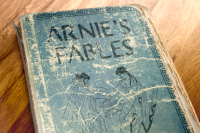
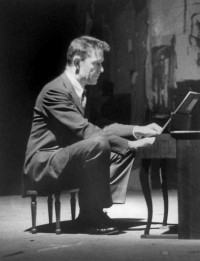
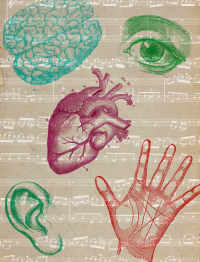

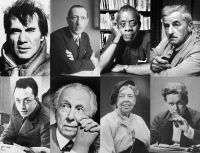

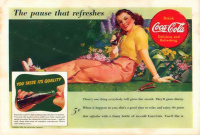
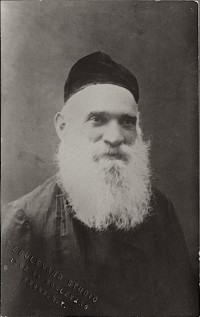
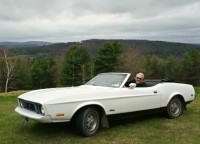
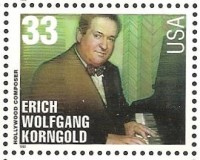
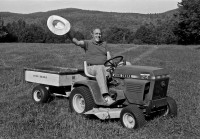
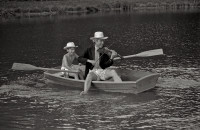

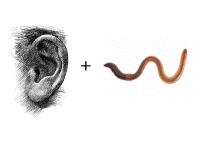
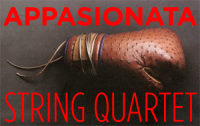


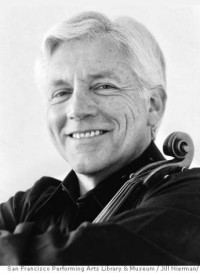
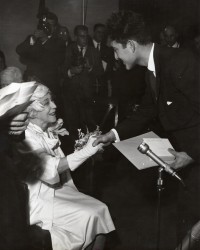
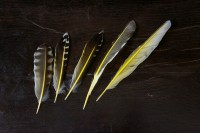
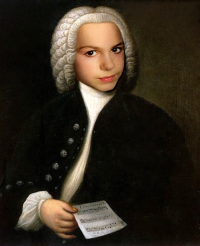
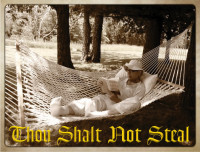
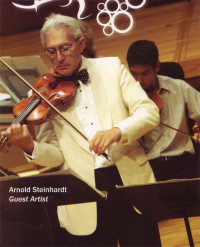
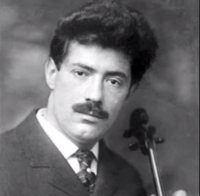
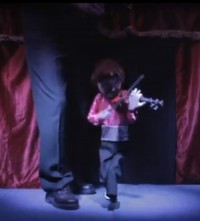
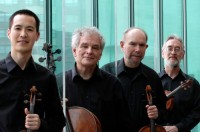
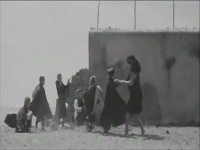
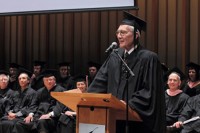
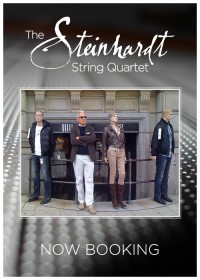
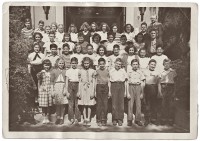
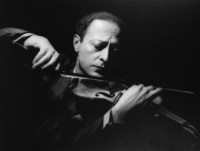
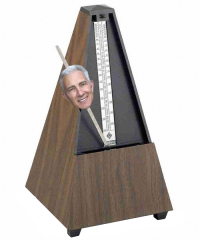
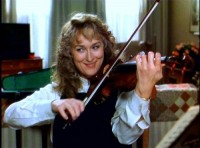

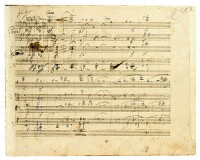
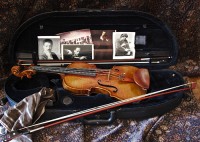
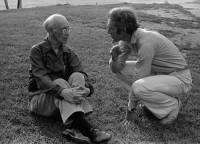
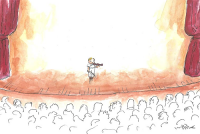
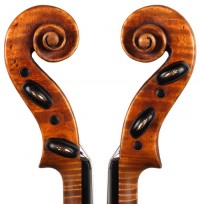
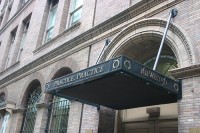
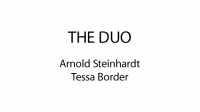
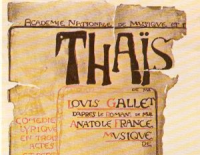
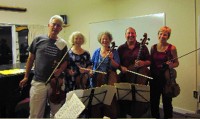

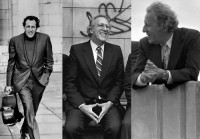
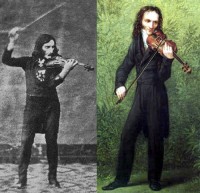
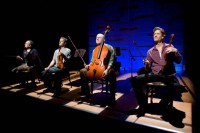
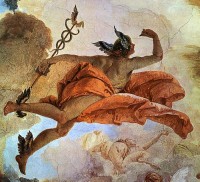
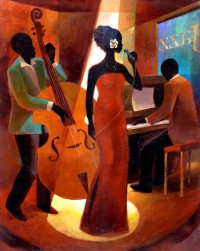
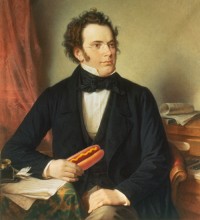
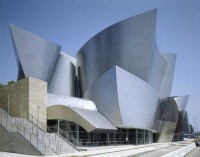
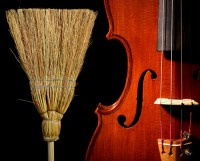
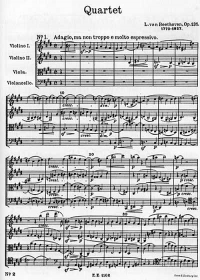
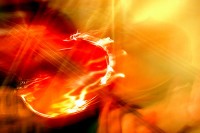


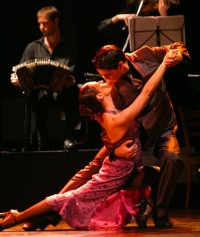

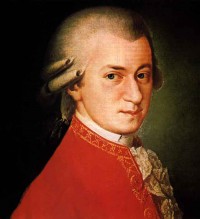
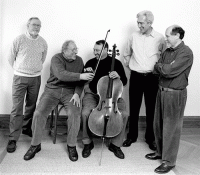

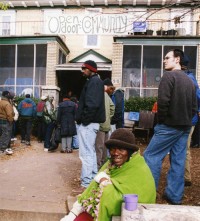
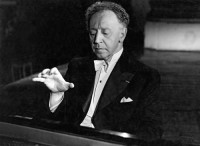
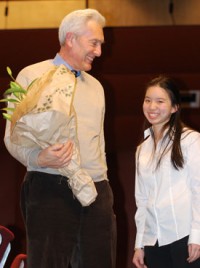
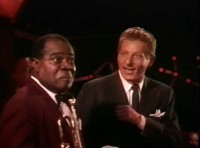
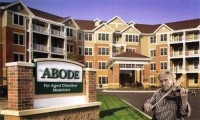
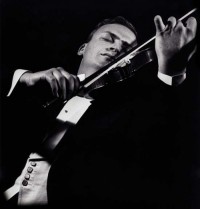
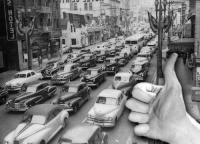
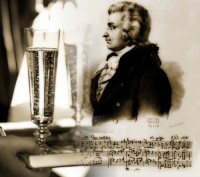
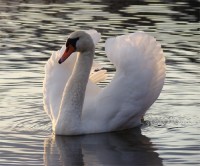
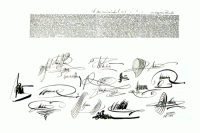

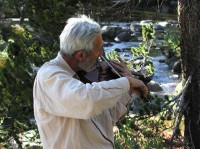
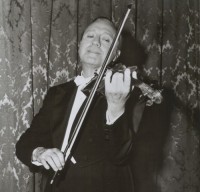


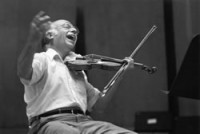
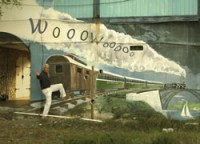


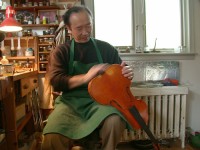
Comments
Hi Arnold.
Thanks very much for publishing “The Strad” article on your website. I really enjoyed reading it – as I do with all of your posts – and appreciate the time you take to write for the website. Thanks also for the Paganini Caprice #24.25. While I’m not at the level with my own playing to attempt this yet, I have printed a copy as something to work toward in the future.
Best regards,
Mark Klein
What a lovely suprise to find the Paganini articles when I logged on today. I am a huge fan of your books. You inspired me to take up the violin at the age of 58….and I am 60 now and still at it! It will be awhile before I can attempt Paganini (maybe two or three lifetimes) but I certainly appreciate your writing and humor!
Anne Moore in Saskatchewan Canada where we are having an early taste of snow
Hi Arnold,
Thank you once again for a wonderful post and thank you for sharing your very special letter from Paganini. I’m sure he would be pleased and amazed that you could share it with so many people almost simultaneously. When my granddaughter, Jordan, was five, we took her to the cemetery to visit her grandfather’s grave. This was her first trip to any cemetery. When she got there, she said, “Where’s Grandpa?” Her father said, “He’s under the ground.” Jordan burst into tears and said, “Isn’t he lonely?” Her mother said, “Not today, Jordan. He knows you are here.” Paganini is not lonely on his 228th birthday, thanks to you and the miracle of cyberspace. Mille grazie.
Meredith
Hi Arnold,
I think you might enjoy this peripheral Paganini C.S.O. story. Maybe you know our former principal 2nd violinist, Joe Golan. Some years ago Joe received, at Orchestra Hall, a package from Minnesota Orchestra violinist, Carl Nashan. It contained a copy of the Beethoven violin concerto which Carl had borrowed from Joe 25 years earlier. The accompanying note read:
“Dear Joe, I am returning your Beethoven violin concerto. Can I borrow your Paganini caprices?
Carl
L’Chayim !
Dick
Leave a Comment
*/